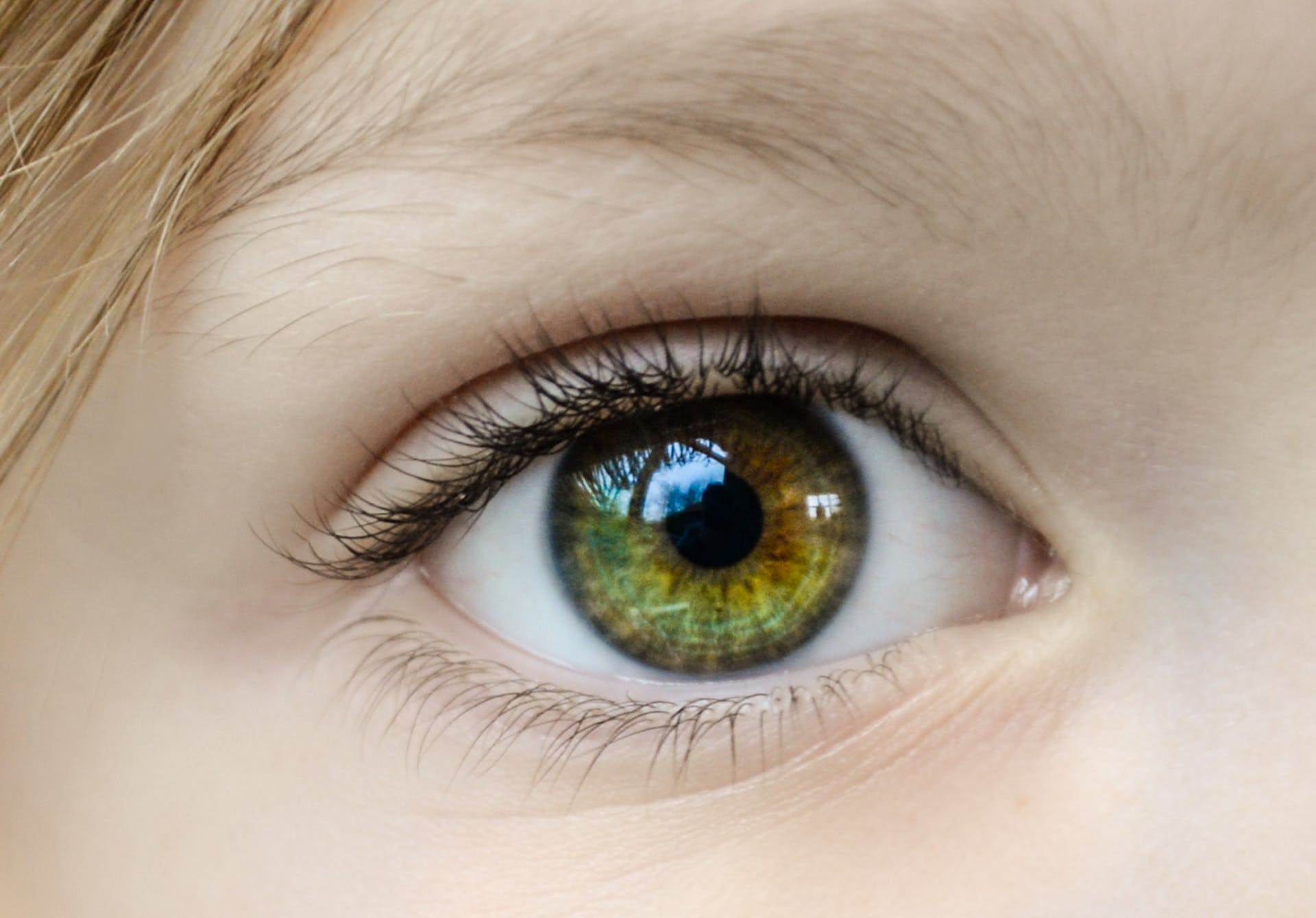
The eyes often start and stop Dystonia spasms in the neck, and the eyelids
Different studies have shown that patients affected by Dystonia do not present proper eye function. Neck muscles can be activated in response to eye movements and involuntary eyelid closure can be associated to eye movement disorders. Vestibular and visual symptoms in Dystonia are normally overlooked by physicians and rarely treated. It is very important to treat these symptoms, even when they appear subtle, because they are in many cases responsible for the most debilitating symptoms of the condition.
About 30% of dystonia spasms may be due to muscular and postural corrections performed by the brain trying to see properly or avoid dizziness. In many cases the patient is not even aware they have eye or balance issues, as the brain has been compensating for the issues underneath the conscious radar of the patient. It is for these reasons the Dystonia Recovery Program has a comprehensive eye exercises program for Dystonia and balance and Vestibular training to improve these deficits, so the patient can remove or diminish one area that factors in to the totality of their dystonic symptoms.
How can balance and vision symptoms of Dystonia be corrected
Interestingly solving the minor visual impairments in Dystonia can help patients to walk again and have less limitations in their daily life, enjoying having more energy and stamina during the day.
The eye tracking and restrictions of the movement of the eyeballs (Nystagmus) that the patients present, in most cases can be corrected with a few months of well designed Eye exercises program for Dystonia.
Once that the eyeball has restored proper function, less tension in the neck is expected, less migraines, reduced vertigo and or dizziness and better balance.
This is the moment when the patient needs to start a Balance exercises program for Dystonia (Vestibular rehabilitation therapy).
 The brain’s quest to determine the Visual Horizon. The important of Balance training in Dystonia
The brain’s quest to determine the Visual Horizon. The important of Balance training in Dystonia
Dystonia alters the balance between the right and left eye, between the left and right side of the body, and between the right and left ear altering proper posture and balance. Patients affected by Dystonia normally have difficulty to process and discriminate the inputs coming from the left and the right side of the body making it difficult to adjust their movements while walking or standing. Engaging in targeted balance training holds immense promise for people dealing with dystonia, offering a pathway to enhance posture and restore equilibrium. Through focused exercises, individuals can reclaim control over their body’s balance, fostering improvements in both physical stability and overall well-being.
Conclusion
In a nutshell, due to dystonia the brain is finding it difficult to know where the true horizon is, the world seems like it has tilted so we tilt to find again the horizontal line, creating additional muscle contractions and changes in posture. The brain in dystonia can create spasms to correct vision, hearing or balance. This is why it is so important to improve vision and balance to recover.
Start your Recovery Journey Today
Join the complete online recovery program for dystonia patients.

